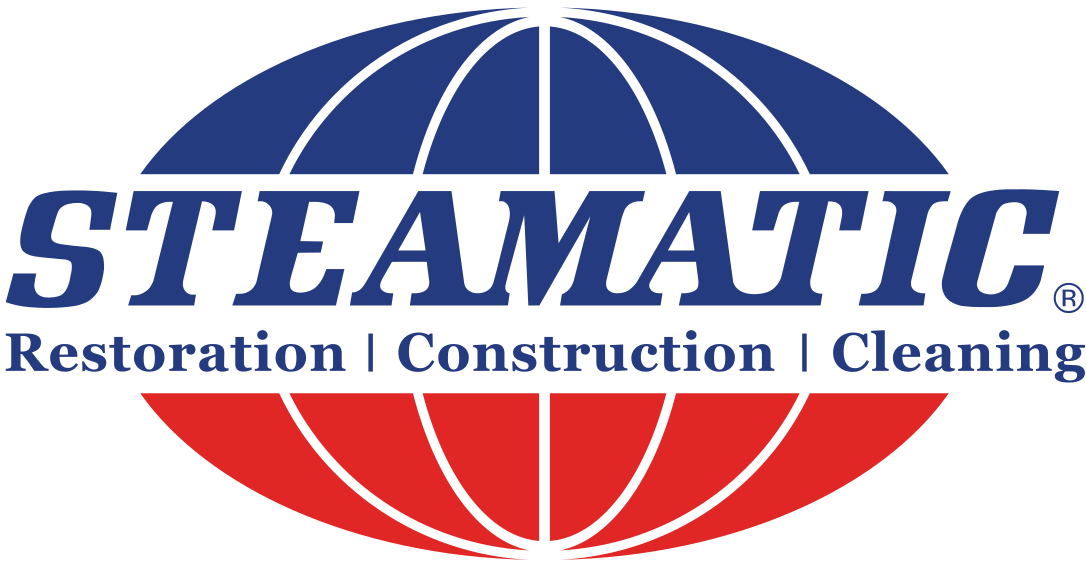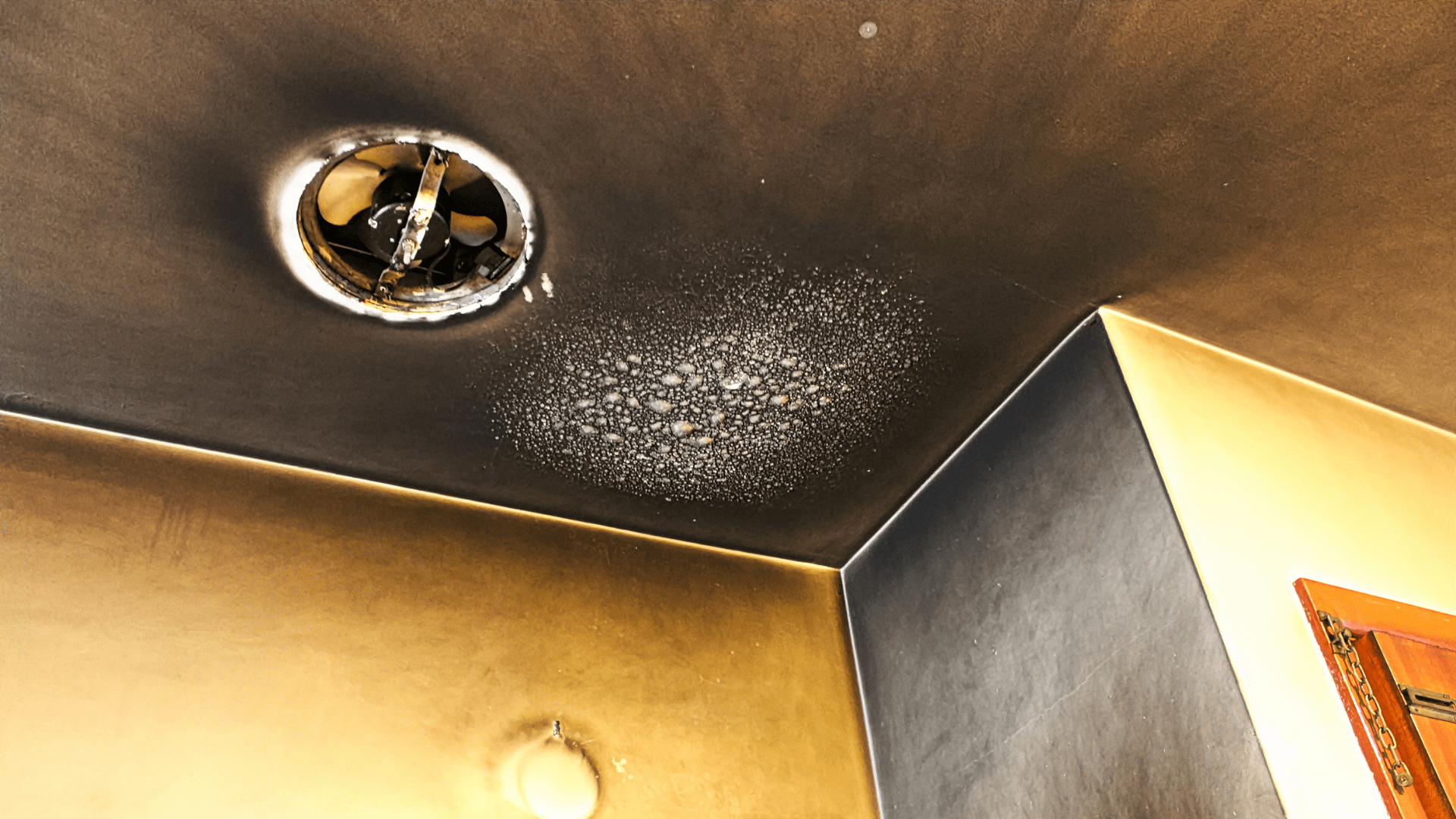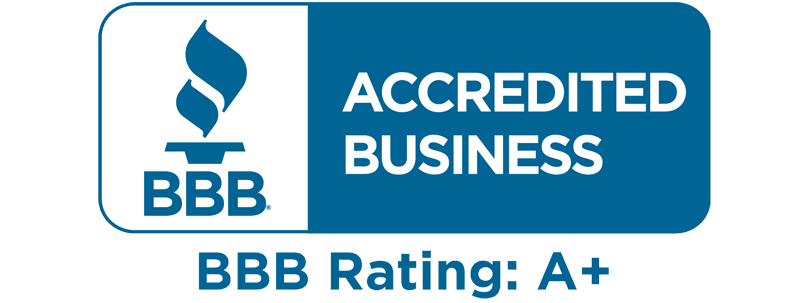Fires can be dangerous and scary, and the damage the smoke leaves behind is destructive and lingering. If someone calls on you to help them clean up smoke damage from their home or business, it’s important to be prepared for what you might find at the scene. Steamatic of VA Peninsula wants to help. Here’s a list of five different types of smoke damage and some tips on how to deal with them.
Dry Smoke Damage
Dry smoke comes from fires that burn hot and fast and usually originate from paper, wood, and other similar materials. This results in a fine powder that is relatively easy to clean up compared to other forms of smoke damage because it wipes up without smearing or sticking as much. However, be aware that the powder can get into nooks and crannies and cause acidic damage, staining, and that unpleasant burned smell. The powder can also be hard to find and hard to get to.
Oil/Petroleum Smoke Damage
Oily smoke originates from the burning of an oil-based substance such as fuel. It can also occur from a mini-explosion, or “puffback,” from a furnace. The smoke is dark and dense, and not only does it smell horrible, but the fumes can also be hazardous. This type of smoke damage is tough to clean and can easily stain and ruin fabrics and furniture if not properly removed. The best way to clean it is with a grease-dissolving solvent.
Protein Smoke Residue
Cooking-related fires are the most common cause of household fires, so you’ll see this type of damage a lot. The fires are caused by the burning of protein-rich foods such as meat, and the smoke is very greasy because the fatty food turns to a fine mist and spreads easily as it burns. It gets on and into everything nearby, and the clinging residue can cause permanent discoloration. It requires a special cleaner to remove it, and fabrics, rugs, and even the walls may require a deep cleaning afterwards.
Cigarette/Marijuana Smoke Residue
Although kitchen-based fires are the most common type of fire, the most prevalent variety of damage actually comes from cigarette or marijuana smoke. Besides those unmistakable and disagreeable odors they leave behind, they can also cause damage to surfaces. Removing cigarette or marijuana smoke residue usually requires intensive cleaning. Experts recommend using one or several hydroxyl generators and an air mover to keep the air circulating in the area.
Wet Smoke Damage
Wet smoke comes from a fire with a slow burn and less heat. Typically the result of materials such as plastic or rubber being set on fire. The smoke is very thick and black, smells especially bad, and easily covers everything and then sticks. Wet smoke damage can be quite challenging since it tends to smear when you try to clean it, and the odors don’t want to come out, either. It may require special equipment to remove it.
Now that you know more about smoke damage and its difficulties, you’ll know when to call in the experts. If you’d like to learn even more, consider taking a specialized in-person class on fire damage from Steamatic of VA Peninsula.








